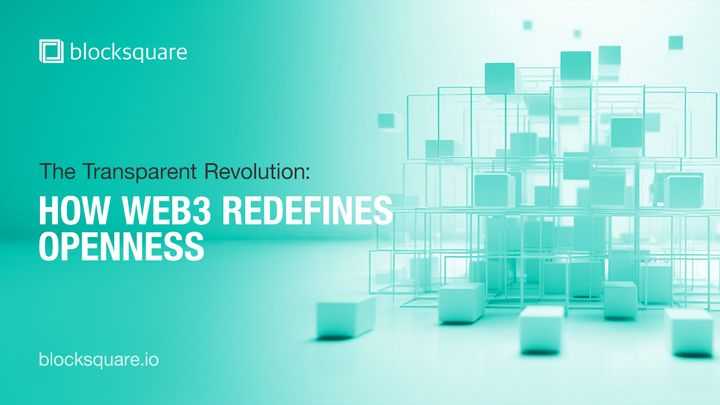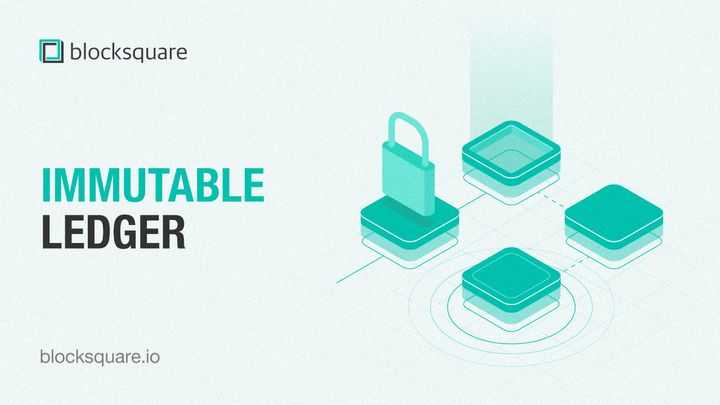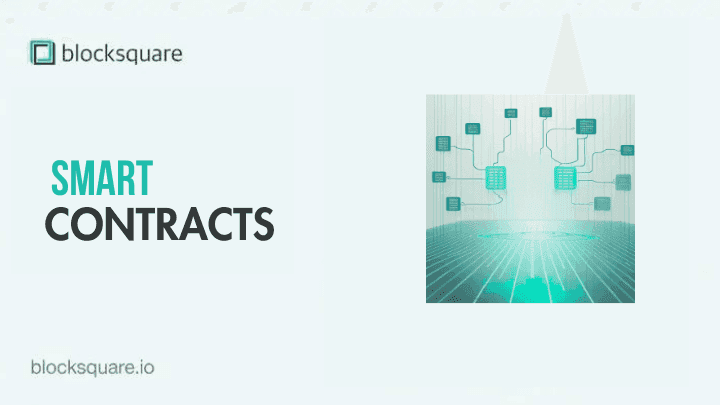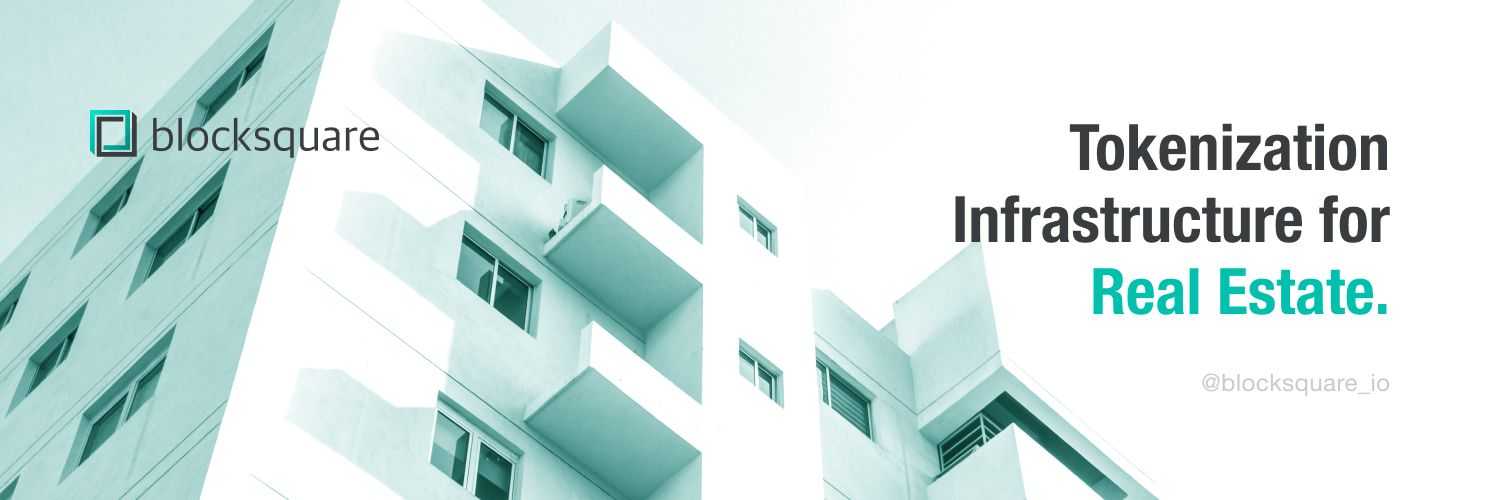The Transparent Revolution: How Web3 Redefines Openness
Join us on June 6, 2024, at 6pm UTC for an X Spaces discussion on transparency and trust in Web3. Explore its societal importance, challenges, and real-world applications with industry experts. Reflect on its impact in your life.


As we kick off the conversation of transparency and trust (6/06/24 @ 6pm UTC on X spaces), we start by exploring what this means for Web3, and why it is so important to society that a technological revolution ensued through the pursuit of it.
Closed systems, blind spots, unevenly distributed governance and control. There are any number of reasons and examples from our past that support a societal desire for greater transparency.
The progression from Web 2.0 to Web 3.0 was not simply the layering of new atop old, but instead a radical reimagining. Where Web 2.0 allowed us to read and write content on digital platforms under the watchful eyes of central authorities, Web3 champions a paradigm where we can truly own our digital interactions. This seismic shift is powered by blockchain technology, the backbone of Web3.
Blockchain doesn’t just add transparency; it embeds it into the very fabric of digital transactions. Think of it as the difference between an opaque curtain and a glass wall. In the world of Web3, every transaction, interaction, and exchange is recorded on a decentralized ledger — visible to all but alterable by none. This isn’t merely an open book; it’s a book whose pages turn in real time, under the watchful eyes of everyone in the room. Now, that’s transparent!
There are 3 core pillars which underpin this technological revolution, making radical transparency a reality: Decentralized networks, immutable ledgers and smart contracts.

First up, decentralized networks distribute power away from single entities, ensuring no one organization can monopolize control or information. This dispersal not only democratizes access but also enforces transparency as actions must be verified by multiple nodes, not just a central server. Think of it as a community garden where everyone must agree on what’s planted and where — nothing grows without consensus.

Next, immutable ledgers serve as the unalterable history books of digital interactions. Once something is recorded on a blockchain ledger, it cannot be changed — only appended. This permanence ensures that every transaction is traceable and transparent, providing a clear audit trail from start to finish. It’s like etching records in stone, visible to anyone who passes by.

Finally, smart contracts automate transactions based on agreed-upon rules embedded in code, executed without bias or manipulation. These aren’t just contracts in the traditional sense but self-executing agreements that operate transparently on the blockchain. Imagine a vending machine that not only dispenses snacks but also self-audits, orders refills, and manages its finances publicly — smart contracts do this at a complex scale for financial agreements, property exchanges, and more. Together, these three pillars construct a foundation robust enough to support a new era of transparent, fair, and accessible digital interactions, making the opaque systems of the past obsolete.
No revolution of such size and scale would be complete without its own set of challenges and obstacles to contend with. One of the most prominent hurdles is the integration of Web3 technologies with existing legal and regulatory frameworks. As nations and corporations grapple with how to classify and manage decentralized assets, the fluid nature of Web3 often clashes with the rigid structures of traditional systems.
Another significant challenge lies in the realm of privacy and security. While transparency is a cornerstone of blockchain technology, it must be balanced with protecting individual privacy. The immutable nature of blockchain also raises concerns about error correction and data rectification — once data is entered, it cannot be easily altered or removed.
Furthermore, the technical complexity and resource requirements associated with maintaining blockchain networks, such as high energy consumption for certain consensus mechanisms, pose sustainability challenges. Overcoming these issues requires continuous innovation and the development of more efficient technologies that can scale sustainably.
Addressing these challenges head-on is essential for the continued adoption and maturation of Web3. Each obstacle presents an opportunity for innovation, prompting developers, legal experts, and policymakers to collaborate in crafting a more transparent, secure, and inclusive digital future.

Despite these challenges, the real-world applications emerging through Web 3.0 are astounding. From revolutionizing digital identity systems to enabling more sophisticated supply chain tracking, the potential is vast. In the realm of real estate, companies like Blocksquare are leading the charge. They utilize blockchain to tokenize real estate assets, transforming properties into digital tokens that can be bought, sold, or traded as easily as stocks on an exchange.
This tokenization not only democratizes access to real estate investment but also enhances liquidity in a traditionally illiquid market. It allows investors to buy fractions of properties, providing opportunities that were previously accessible only to large institutional investors or wealthy individuals. Moreover, the inherent transparency of blockchain ensures that every transaction is recorded and verifiable, reducing fraud and increasing trust among investors.
In essence, Web 3.0 is not just redefining how we invest in real estate; it’s redefining the very fabric of property ownership and management, making it more accessible, transparent, and efficient for everyone involved.
The future of Web 3.0 promises further expansion of its revolutionary scope, particularly as technologies evolve and regulatory frameworks adapt. One of the most promising developments on the horizon involves zk-SNARKs, or Zero-Knowledge Succinct Non-Interactive Arguments of Knowledge. These protocols are game-changers in how we balance transparency with privacy. They allow for the verification of transactions without revealing any underlying data, which is crucial for sectors like finance where confidentiality is paramount.
As Web 3.0 technologies become more ingrained in our digital infrastructure, regulatory bodies are poised to play a critical role. We anticipate a regulatory evolution that not only keeps pace with technological advancements but also fosters an environment where transparency is maintained without stifling innovation. This will involve nuanced approaches that understand the complexities of decentralized networks and the need for interoperability across different jurisdictions.
In the context of real estate, the implications are profound. Enhanced regulations could lead to more robust frameworks for tokenization, ensuring that while the market becomes more accessible, it also remains secure against fraud and misuse. The future of Web 3.0, particularly in the real estate sector, hinges on finding the right balance between openness and operational integrity, promising a more inclusive and efficient marketplace for all stakeholders involved.
I invite you to spend some time in self-reflection, considering what transparency means for you, and how it impacts both your personal and professional life. We welcome you to bring these thoughts and feelings into the discussion, on the 6th of June 24' at 6pm UTC, where some of the brightest minds in industry will join us for an X spaces to take a deeper dive into the topic!
